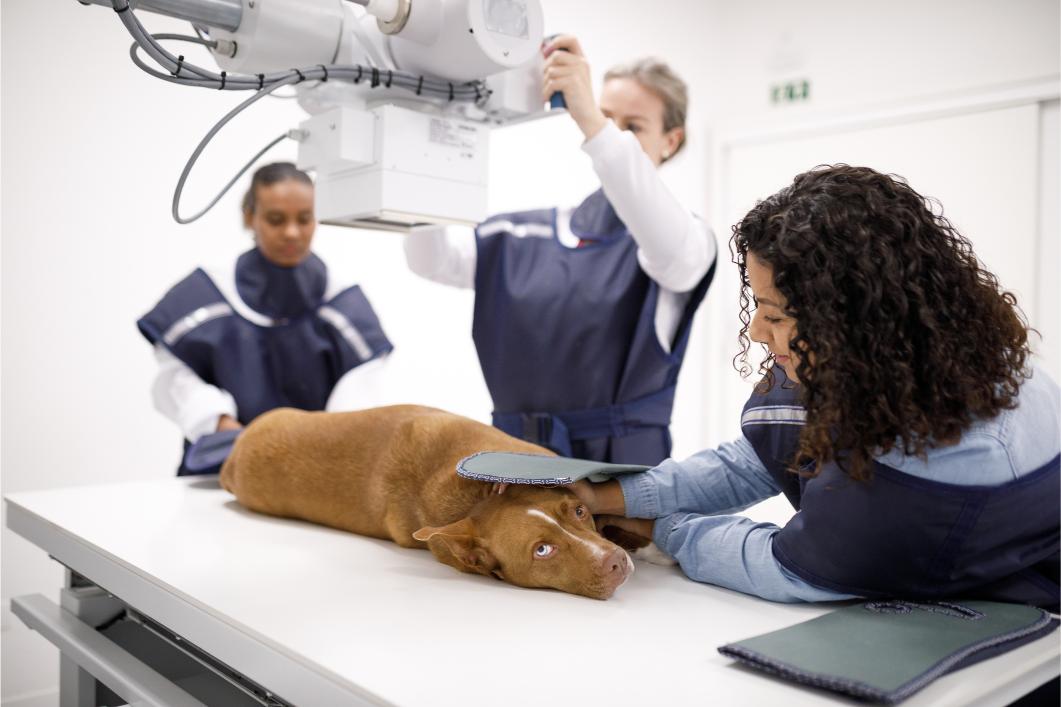Caught on X-Ray: Bizarre Objects Found Inside Pets

At Broadway Oaks Animal Hospital, we’ve seen our fair share of furry mischief—and sometimes that mischief ends up on an X-ray. From socks to rocks to things you’d never expect, pets have swallowed strange objects more often than you might think. While these tales can have happy endings, they’re also a serious reminder of how foreign body ingestion in pets can quickly become an emergency.
Let’s peek behind the X-ray screen at some of the oddest things dogs and cats have swallowed—and talk about when it’s time to call your vet.
You Ate What?! Bizarre Things Pets Have Swallowed
Some things dogs swallow aren’t food at all, and veterinary X-rays have revealed some wild surprises, like a strange item hiding in the digestive tract. Here are a few of the unexpected items that have turned up inside pets:
- Underwear and socks: It’s not just a myth—many dogs, particularly larger breeds, have a taste for laundry.
- Hair ties and rubber bands: Especially common in cats. These stringy, stretchy items can cause dangerous blockages.
- Corn cobs: Dogs love them, but corn cobs are a top offender when it comes to digestive obstructions.
- Fishing hooks and line: Outdoor cats and curious dogs can get snagged in more ways than one.
- Toys (and toy parts): Squeakers, plastic eyes, and even entire action figures have shown up in emergency vet cases.
- Rocks and coins: Some pets seem to believe anything on the ground is food.
These X-ray finds may seem amusing at first, until you realize just how dangerous these household items can be. While some pets pass objects naturally, many require urgent medical care, including surgery.
Why Pets Swallow Strange Objects
Foreign body ingestion in pets is surprisingly common. Dogs explore the world with their mouths, and younger pets are especially prone to chewing and swallowing things they shouldn’t. Cats, on the other hand, are more selective—but string-like objects can be irresistible.
Some possible reasons pets swallow non-food items include:
- Curiosity or boredom
- Teething (in puppies)
- Anxiety or stress
- A condition called pica (the urge to eat non-food items)
Understanding why your pet may be drawn to certain items can help you prevent trouble before it starts.
Spotting the Signs of a Swallowed Object
The tricky thing about foreign body ingestion is that symptoms may take hours—or even days—to show up. Call your vet if your pet shows any of the following signs:
- Vomiting or dry heaving
- Diarrhea or constipation
- Lack of appetite
- Lethargy
- Abdominal pain (whining, sensitivity to touch, or hunched posture)
Veterinary X-rays are often the first step in determining whether an object is lodged in the digestive tract. Depending on the object and its location, your vet may recommend monitoring, inducing vomiting, or emergency surgery.
Pet-Proofing and Prevention Tips
The best way to avoid emergency vet cases like these is to keep tempting—but dangerous—items out of reach. Try these simple strategies:
- Keep trash bins covered and out of reach
- Store socks, underwear, and shoes behind closed doors
- Supervise pets with toys, especially if they’re heavy chewers
- Avoid giving pets bones, corn cobs, or anything that could splinter or block the gut
- Don’t leave hair ties, string, or rubber bands on counters or nightstands
When in doubt, assume your pet will try to chew on it—and act accordingly.
When Curiosity Turns Critical
The veterinarians and staff at Broadway Oaks Animal Hospital have helped many pets recover from their strange snacking habits, but not every case ends with a funny story.
If your dog or cat has swallowed something they shouldn’t have, don’t wait. Call us right away at (210) 824-7481 to schedule an exam. Fast action (and a good pet X-ray) can make all the difference when it comes to your pet’s safety.
